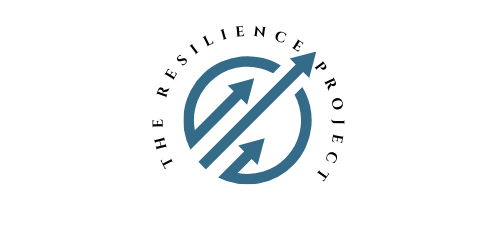
Positive Work, like any work, is related to moving a project, process, or product forward. While focused on the task at hand you bring positive practices in. How you get the work done has the potential to strengthen the connections and relationships on your team. There are unseen results related to our teams when we do work in a creative and positive way versus solely a task oriented approach. With positive work we create an environment where employees are free to be creative and to contribute through the lens of their strengths and skills. When people are in a positive and safe state they are more creative and engaged. When the work is complete, we have built not just the project, product or process, we have created more social capital for the next project, process, or problem we face. Our team is stronger, more skilled, and more connected. This is the stuff of enduring, performing teams over the long term.
Positive work isn't meant to take any more time than work without this infusion of relational goodness. We bring in efficiencies and opportunities to connect to create an environment where the right people in the right roles collaborate while building relationships with each other. We get the big-R (results) along with the little-r (relationships) at the same time.
How you ask? There are many practices, when systematically followed, which create the "R" environment which ultimately creates a group of resilient people and a resilient team. Here are just a few for you to consider.
Positive Work Practice: Start with connection. Start the project out by introducing all those working on the project, along with their role and responsibility in getting the work done. As new people join, introduce them and their role. Start each meeting with 5 minutes of personal connection. You can do the '5 minutes of Fame' share where on a rotating basis, each person has a chance to share anything they want to at the start of the meeting. People on projects I've been on have shared pictures from vacations, family stories, good news, a few details about a hobby and I still remember those stories and those people. Alternatively, you can start each meeting with a check-in where each person gets about a minute to give an update, but depending on the number of people in the group this can be a little time consuming.
Positive Work Practice: Systematic meetings . Every time you connect in a meeting, send an agenda, accomplishments since you last me and expected outcome. End the with a capture of decisions and next steps. This simple formula will keep meetings impactful so your team will not check out. This greater efficiency allows for time to build your little r's along the way.
Positive Work Practice: Employ Change Management Systems: Appreciative Inquiry, VUCA, or LEAN processes which create a system to positively get input from the whole team, to hear all of the voices, and bring the strengths of the entire team to the process.
Positive Work Practice: Be a Facilitator: build up the facilitation skills of your leaders. The focus of a facilitator is to make things easy. The facilitator ensures work is staying on schedule, pulls out all voices and input in the room during meetings, ensures team members are using their strengths, and watches for barriers and issues which can slow down or stop work. The facilitator stays one step ahead of the rest of the team, smoothing the path and creating a productive, engaging, connecting environment. Facilitation is an art.
This summary can help you see what's possible on teams who leverage positive work
